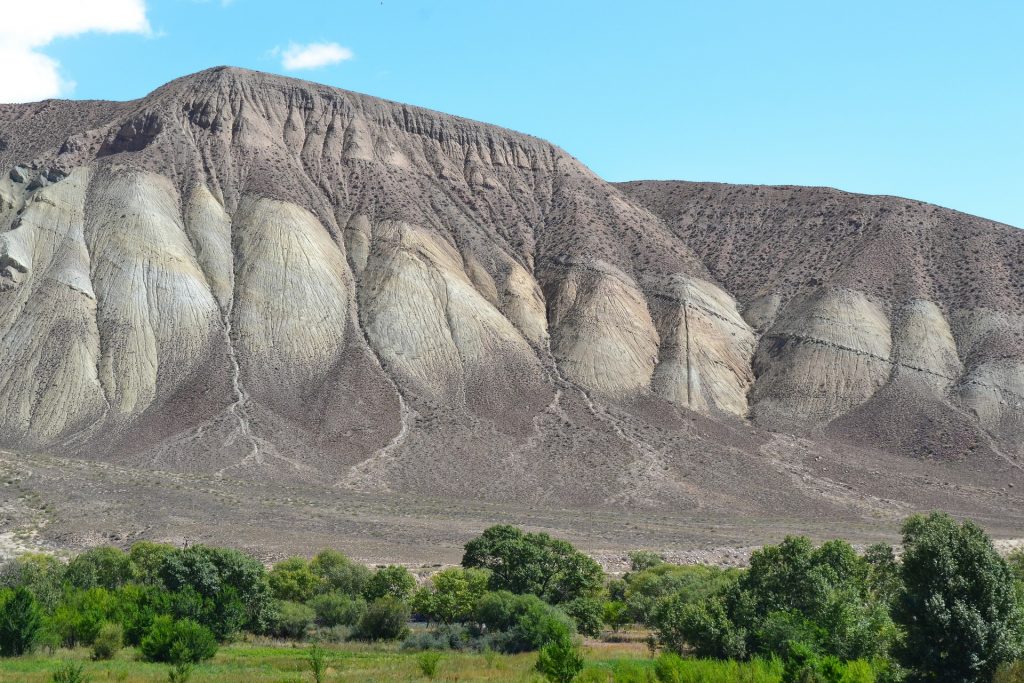This review article first appeared in: Skeptical Adversaria 2 (2009), 9-10
Reproduced with permission
The ‘epigraphist’ writer Cyclone Covey, like the whole American epigraphist movement centred on the late Barry Fell, endorses various extreme diffusionist linguistic claims relating to alleged pre-Columbian transatlantic or transpacific voyages. Some of them involve alleged incidents demonstrating the mutual intelligibility of surprising pairs of languages.
Fringe works report many such incidents – Irish Gaelic understood by Mexican Amerindians, Latvian by Tatars, Welsh by speakers of Mandan in the American Mid-West, etc, etc – but actual evidence is never forthcoming (what a surprise!). Even for languages as close as Breton and Welsh, the accounts are anecdotal only and are clearly apocryphal. Itinerant Breton onion-sellers are sometimes said to be able to follow Welsh conversation. But, despite their fairly recent common origin, Breton – which is directly descended from early Cornish – and Welsh are not now mutually intelligible apart from the odd phrase, partly because of French influence on the Breton sound system. This story appears to be an (early) ‘urban myth’.
Covey’s leading case involves early-mid 20th Century Navajo (South-Western USA) and Uighur (Turkistan). He believes (with Ethel Stewart and others) that some (non-Inuit) Amerindian groups such as the Navajo actually left Central Asia only in the last 1000-3000 years. The Navajo migrated in medieval times, fleeing the Mongols. Their language is therefore still close to the Uighur spoken by those who remained in Asia. Well, the grammars and vocabularies of Navajo and Uighur, as normally described, are, naturally, not close at all; so how can this be? I suggested he arrange a test (Navajo speaks in Navajo, Uighur in Uighur; how much do they understand?). Oh no, he thinks it is up to the linguistics establishment to do that – and in any case a negative result would not persuade him, because of (alleged) recent linguistic divergence (convenient!).
In fact, only someone trapped in early 19th Century methodology – as most of the epigraphists are – would accept any (non-prehistoric) linguistic links between Navajo and Uighur, let alone mutual comprehension. And for shared linguistic origins Covey uses the usual impossibly loose criteria. For instance he believes in links (of some kind; he is unclear) between Lakota (Sioux) and Greek, because both sometimes use Object-Verb-Subject word order. But so do many languages. And his own Greek example does not even have this order, anyway! Stewart’s linguistics is even weaker.
Basques, Algonquins, Melungeons and the Portuguese!
Another Fellian epigraphist is Paula Sten, who also argues that ‘comparative analysis’ shows that ‘man has had two phonetically recognizable written words from 40,000 BC’ [sic!] and had more not long after, and that there are links between Basque (a very interesting ‘isolated’ language with no known relatives) and Algonquin (Amerindian).
Sten is quoted on a Melungeon web site devoted to the affairs of this Appalachian community which appears to be partly Portuguese in origin (though this has been disputed). The editor seems to have believed that Basque is spoken in Portugal (no) or at least was (maybe, long ago). Other pieces on this web site present extreme views on the status of the Portuguese (eg one suggests that the Portuguese population is so distinct genetically that issues arise in the context of organ transplants).
Indeed, Portuguese nationalism looms large in many discussions of the early settlement of the Americas. Most people in Portugal believe (against international opinion) that the world was extensively explored by Portuguese navigators before 1492 but that this was kept secret. Indeed, this ‘Portuguese Policy of Secrecy’ is taught as fact in Portuguese schools. And one of the most one-sided papers in the diffusionist literature is a 1992 piece re-analysing Columbus himself as Portuguese. Portugal punched well above its weight in early modern times and pride in its history is wholly legitimate; but it is all too easy to be seduced into over-glorifying one’s own ethnicity (whatever that is) and thus talking nonsense.
Jesus The Man?
In her revisionist books on early Christianity, notably Jesus The Man, Barbara Thiering claims that a number of New Testament Greek place-names refer in different places to different locations. In each case, one location is as normally understood, the other is associated with the Qumran complex developed by the Essene sect and now famous for the Dead Sea Scrolls. At times Thiering simply asserts the truth of this view, but she does mount various arguments – none of which has convinced the scholarly mainstream. One of them is in part linguistic: the NT text displays both singular and plural forms of the name Jerusalem, and Thiering claims that the former refers to the real Jerusalem, the latter to the ‘new Jerusalem’ at Qumran. But in fact the name appears in three forms, two singular and one plural; and it is not at all clear that Thiering is right about what they signify. (Of course, Thiering is by no means on her own in reinterpreting aspects of the language of the NT.)

